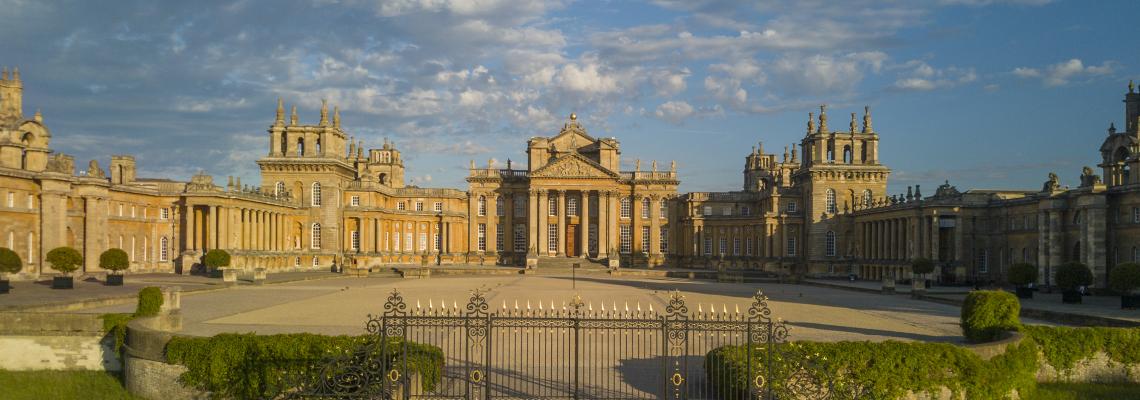This tour of the Palace will take the visitors back to the 18th century when the 1st Duke of Marlborough won the Battle of Blenheim, which earned him the building of this large country home. They will learn about the people who lived and worked here throughout the last 300 years; how the Palace was used during both World Wars, and how Winston Churchill was connected to the Family.
Explore the Palace
Bring history to life for students of all ages with stories of dashing Dukes and wartime exploits.







